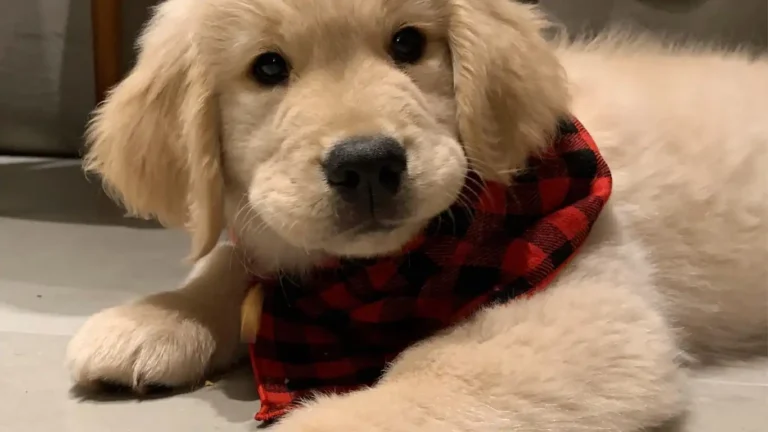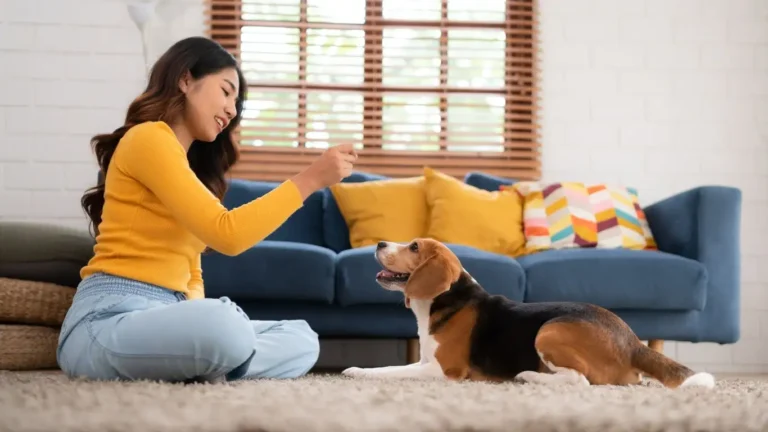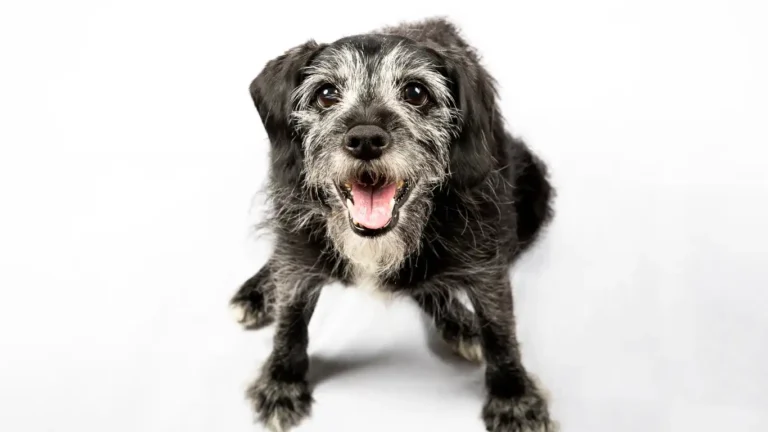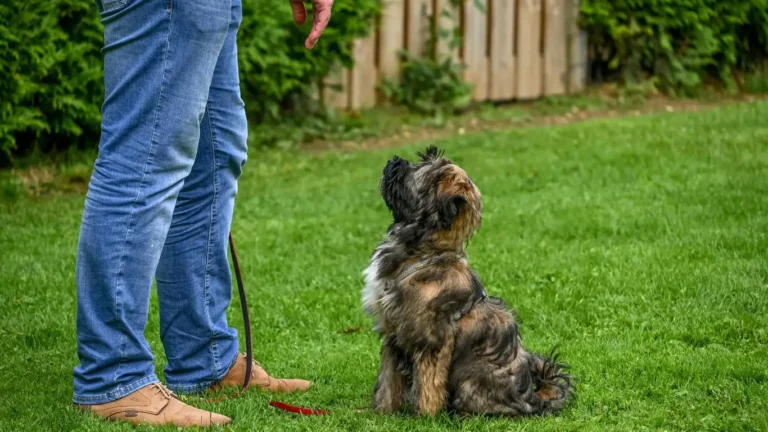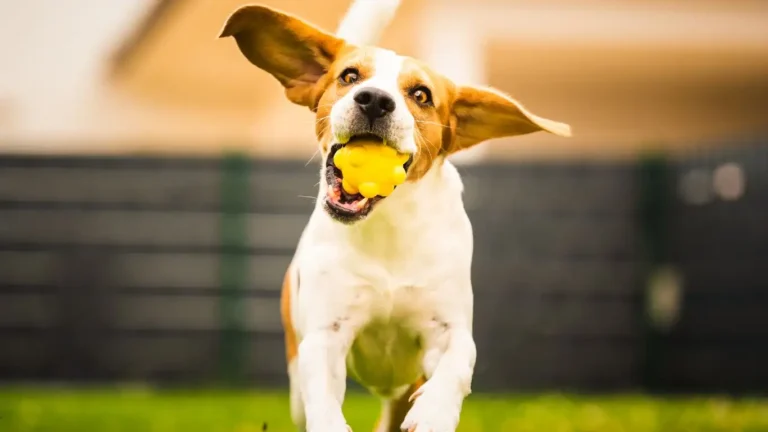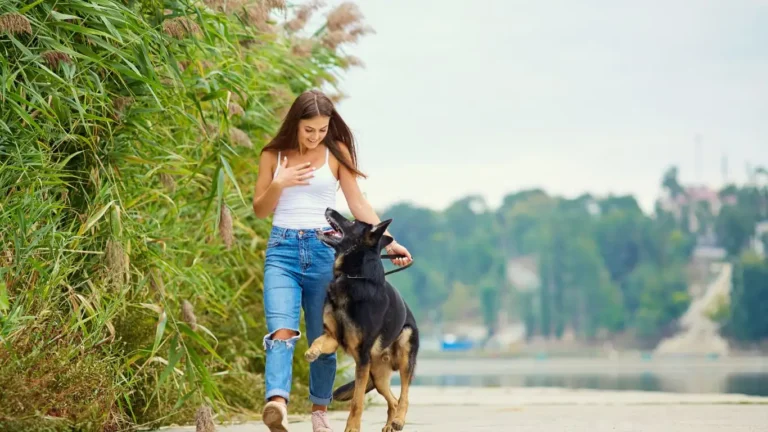Calm Dog Training: Stop Jumping & Barking When Guests Arrive Fast!
Ever had a friend come over, only to be greeted by your dog’s over-the-top excitement—jumping, barking, zooming around like they’ve just won the lottery? You’re not alone! Learning how to train a dog to be calm when guests visit is a game-changer for both your pup and your peace of mind. As a Certified Professional Dog Trainer (CPDT-KA), I’ve worked with countless dog parents who struggle with this exact issue. The good news? With the right approach, patience, and consistency, you can teach your dog to chill out and welcome guests like a polite host rather than a whirlwind of fur and excitement.
Understanding Why Dogs Get Overexcited When Guests Arrive
Before we jump into the training process, it’s crucial to understand why your dog reacts this way. Think about it—dogs don’t have the same social etiquette we do. A knock on the door or a ringing doorbell is like a surprise party invitation for them. Here are a few common reasons why dogs get hyper when people visit:
- Excitement and Socialization: Some dogs are naturally social butterflies who love meeting new people.
- Territorial Instincts: Others might see guests as intruders and feel the need to be on high alert.
- Lack of Training: If your dog has never been taught how to greet people calmly, they’re just doing what feels natural.
- Past Reinforcement: If guests pet or talk to them when they jump up, it reinforces the behavior.
Once we recognize the root of the behavior, we can take steps to redirect that energy into something more appropriate. Trust me, even the most excitable dogs can learn to remain calm!
Setting the Stage: Preparing Your Dog for Calm Greetings
Before guests even step foot inside, there are a few key things you can do to set your dog up for success. Think of it as laying a strong foundation before the actual training begins.
1. Provide Enough Physical and Mental Stimulation
A dog with pent-up energy is far more likely to lose their cool when someone arrives. Try these strategies:
- Take them for a long walk before your guests arrive.
- Engage them in a mentally stimulating activity, like a puzzle toy or a short training session.
- Play a quick game of tug or fetch to burn off extra energy.
From personal experience, I’ve found that a well-exercised dog is way more receptive to training. Think of it like a kid who’s had recess before sitting in class—way less antsy!
2. Teach a Reliable “Place” Command
The “Place” command is a lifesaver when it comes to teaching calm behavior. Essentially, it means your dog learns to go to a designated spot (like a dog bed) and stay there until released.
- Start by choosing a comfy spot, like a dog mat or bed.
- Use treats to lure your dog onto the bed, and say “Place.”
- Reward them when all four paws are on the bed.
- Gradually increase the duration they stay before rewarding.
- Practice having them stay there while you move around.
This command is especially useful when guests arrive because it gives your dog a job to do instead of reacting impulsively.
Desensitizing Your Dog to the Sound of the Doorbell
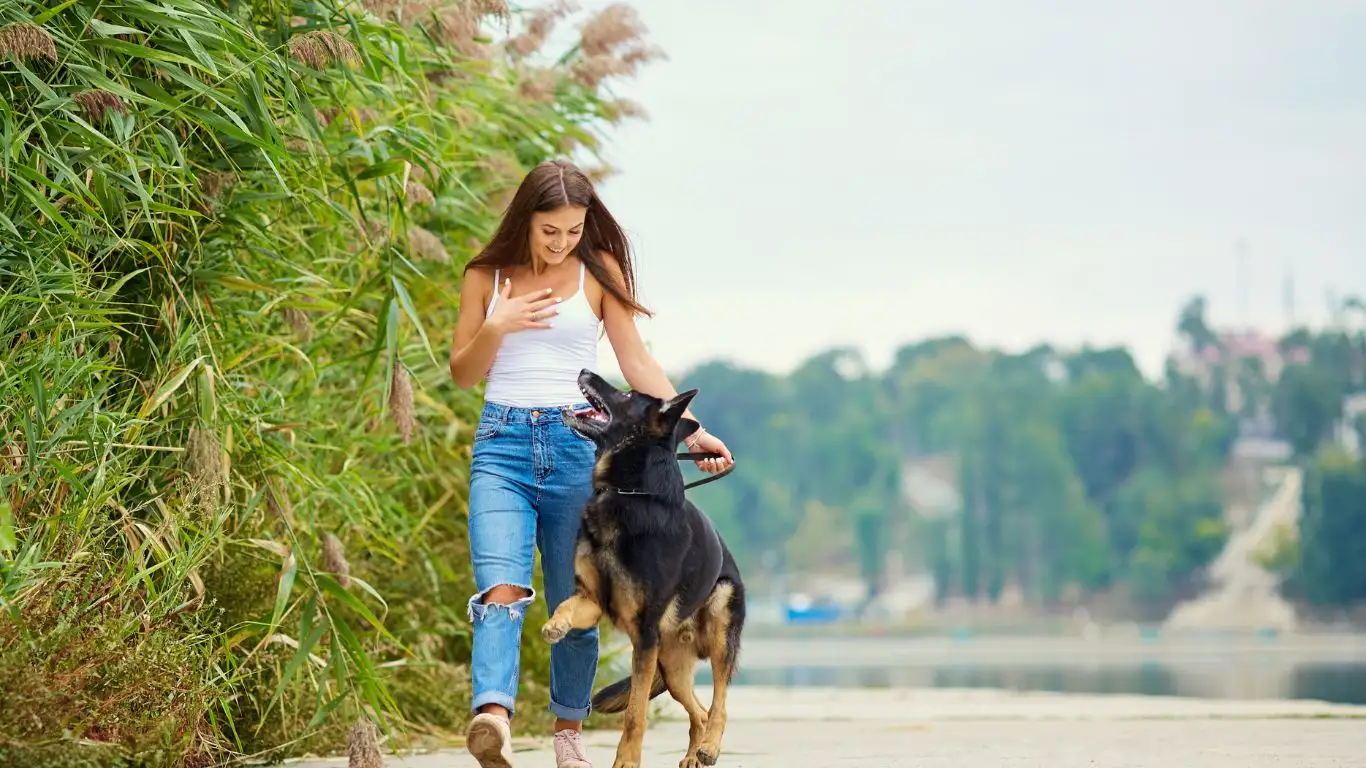
For many dogs, the sound of a doorbell or a knock at the door is the ultimate trigger. They associate it with exciting things—new people, attention, action. The goal is to break that connection and teach them that the doorbell is just another background noise.
1. Play the Doorbell Sound Repeatedly
Try this method to help your dog become desensitized:
- Record the sound of your doorbell or knocking.
- Play it at a very low volume while rewarding your dog for staying calm.
- Gradually increase the volume over multiple sessions.
- If your dog reacts, pause and wait for calm behavior before continuing.
Over time, your dog will stop seeing the doorbell as a reason to explode with excitement. This step is crucial—without it, every knock at the door can send your pup into overdrive.
2. Practice Controlled “Fake” Arrivals
Enlist a friend or family member to help with training sessions:
- Have them ring the doorbell or knock.
- Guide your dog to their “Place” and reward calm behavior.
- Repeat multiple times, reinforcing calm reactions.
It’s all about repetition. The more times you practice this in a controlled setting, the better your dog will handle real guest arrivals.
Teaching a Calm “Sit for Greetings” Response
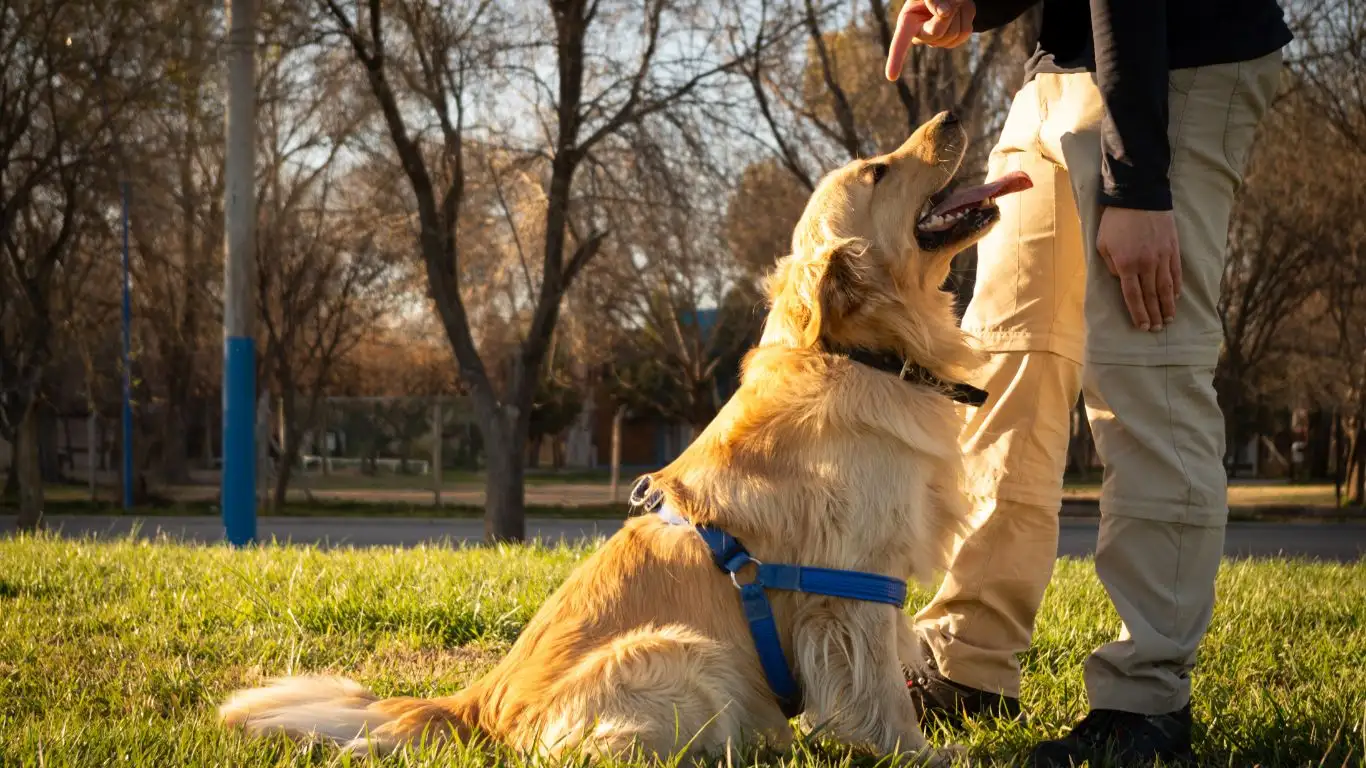
Instead of letting your dog jump on people when they walk in, teach them an alternative behavior—sitting for greetings.
1. Reinforce Calm Sitting with Rewards
Dogs naturally repeat behaviors that earn them rewards. Here’s a simple way to teach polite greetings:
- Hold a treat in your hand and ask your dog to “Sit.”
- Only reward them when they remain seated.
- Have a friend enter the room. If your dog stays seated, reward again.
- If they jump up, the guest should turn away and ignore them.
This method makes it clear that sitting is the way to earn attention, while jumping means no fun at all.
Stay consistent with this, and soon enough, your dog will default to sitting when someone walks in!
Managing the First Few Minutes After Guests Arrive
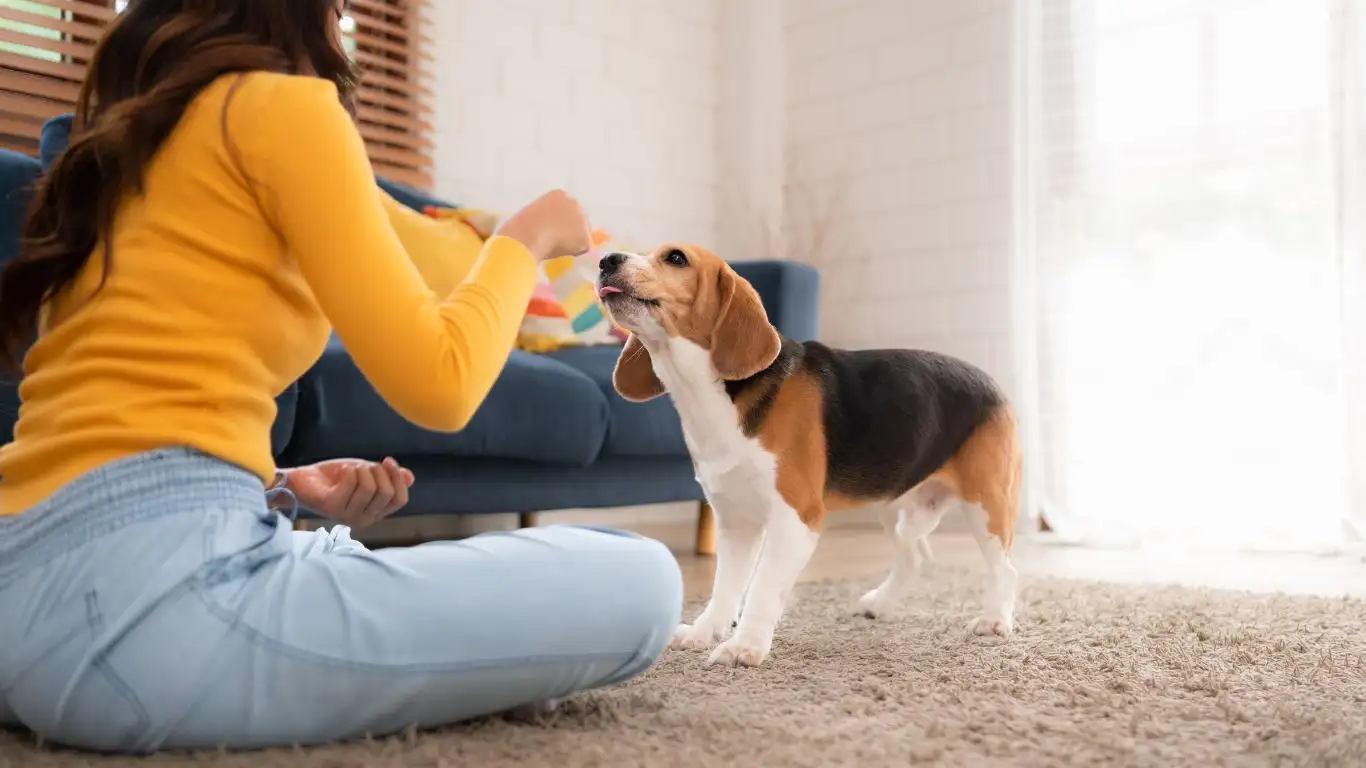
Alright, so you’ve prepped your dog with solid training exercises, but now comes the real test—when guests actually walk through the door. The first few minutes are the trickiest because that’s when excitement is at its peak. But don’t worry, I’ve got a foolproof system that works wonders.
1. Keep Greetings Low-Key
One of the biggest mistakes I see dog owners make (and, honestly, I was guilty of this too when I first started training) is making greetings a big event. If you amp up the energy, your dog will match that excitement level.
Instead, try this:
- Ask your guests to ignore your dog when they first walk in. No eye contact, no petting, no talking—nothing!
- Wait until your dog is completely calm before allowing any interaction.
- If your dog starts jumping or getting overly excited, have your guests turn away or step back.
The goal is to teach your pup that staying calm is what gets them attention—not bouncing off the walls.
2. Use a Leash for Extra Control
In the beginning, it helps to keep your dog on a leash when guests arrive. This gives you more control over their movements and prevents them from dashing towards the door like it’s the start of a race.
Here’s how to do it effectively:
- Before opening the door, clip the leash on and guide your dog to their “Place” or a designated spot.
- Hold the leash with gentle pressure to remind them to stay calm.
- Once they’re settled, guests can slowly approach while you reinforce good behavior with treats.
I’ve used this method countless times with excitable dogs, and it really helps bridge the gap between training sessions and real-life situations.
Teaching a “Go Say Hi” Command
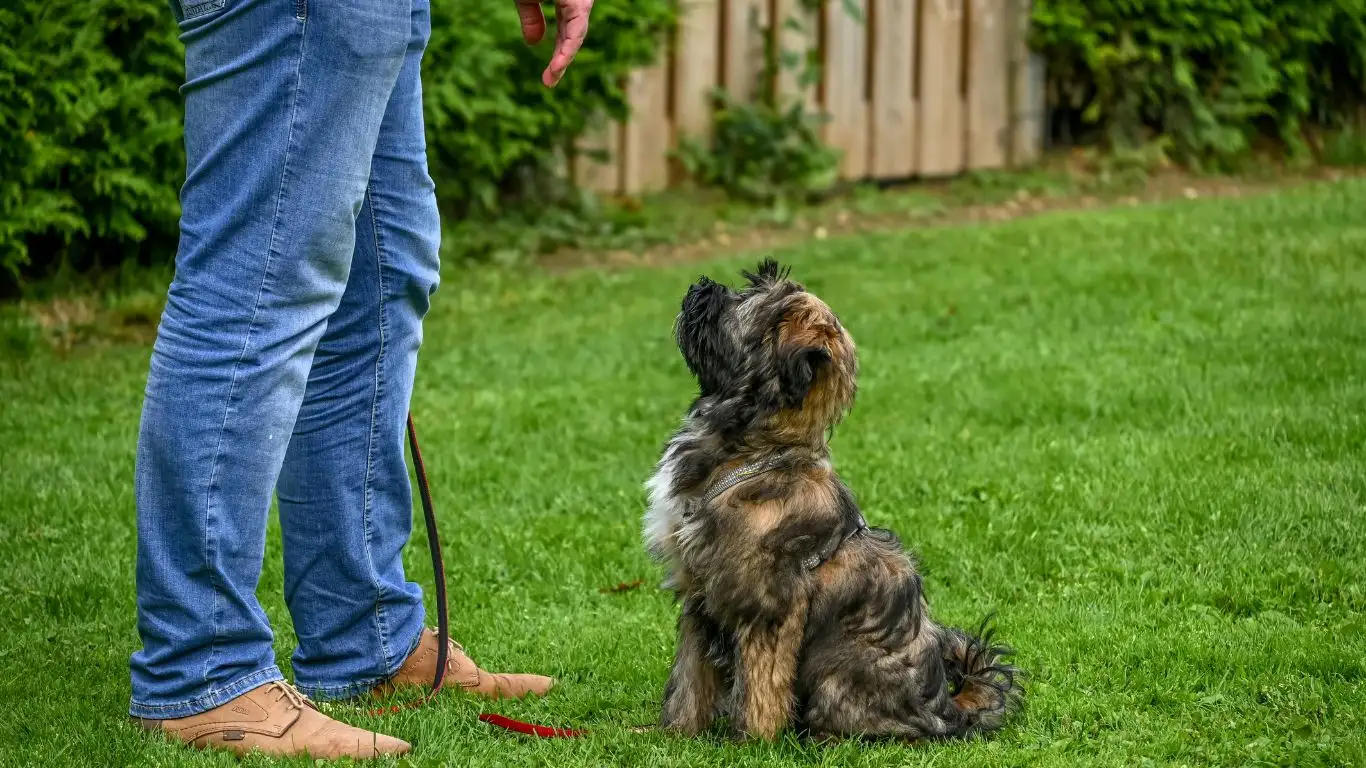
Once your dog has mastered staying calm when people arrive, you can teach them a structured way to greet guests politely. This is where the “Go Say Hi” command comes in handy!
1. Introduce the Command
The idea is to let your dog know that they’re only allowed to greet guests when you give the signal. Here’s how to teach it:
- Have your dog sit and wait while a guest enters.
- Once your dog is calm, say “Go Say Hi” and allow them to approach.
- If they stay polite (no jumping, barking, or excessive excitement), reward them with praise and a treat.
- If they get too excited, calmly guide them back to their “Place” and try again.
With repetition, your dog will learn that calm greetings = getting to interact with people. Hyper greetings? That just means they’ll have to wait longer.
Addressing Setbacks: What to Do When Your Dog Reverts
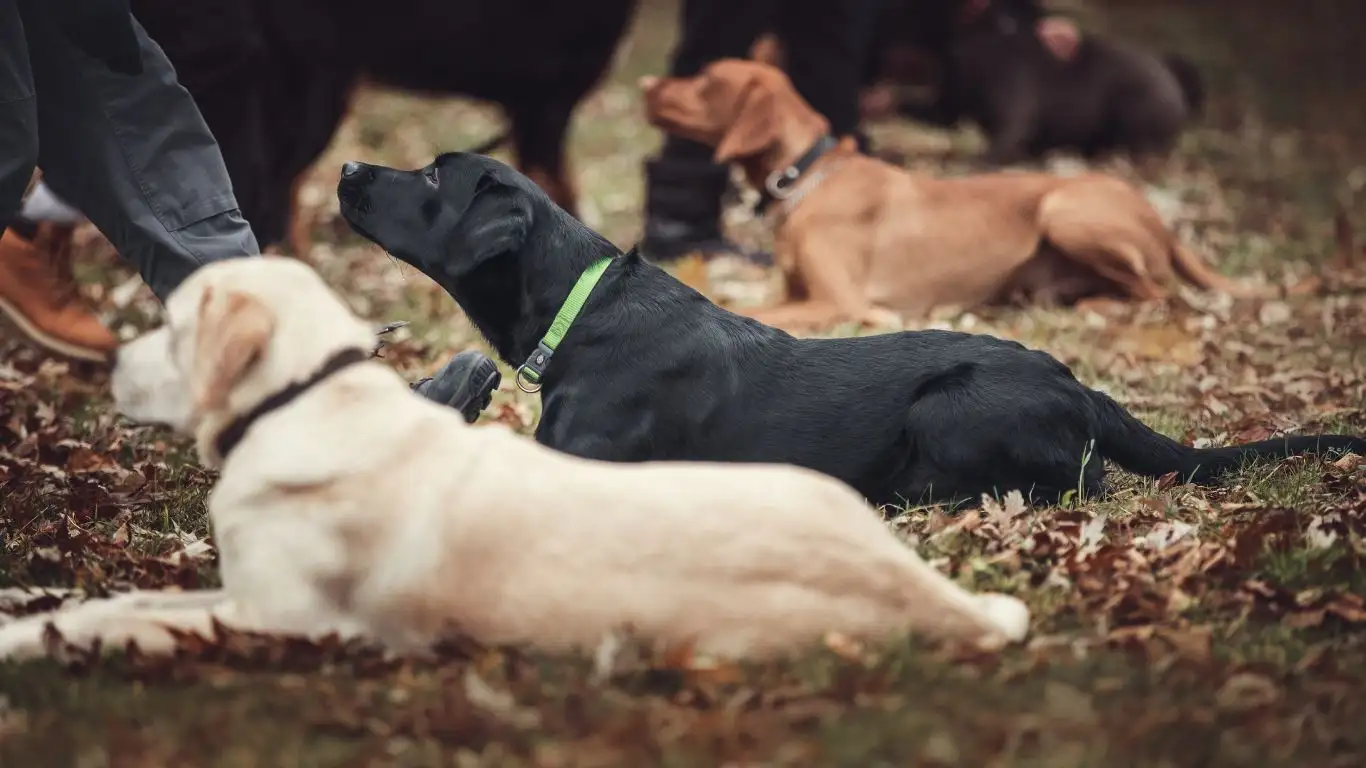
Even with solid training, there will be days when your dog reverts to their old habits. And that’s okay! Training isn’t a straight path—it’s full of ups and downs.
1. Don’t Punish, Redirect
It’s easy to get frustrated when your dog ignores their training, but punishment won’t help. Instead of scolding, redirect their energy into something positive.
Try this:
- If your dog starts jumping, calmly guide them back to their “Place.”
- If they’re barking excessively, distract them with a simple command like “Sit” or “Down.”
- Use treats or a favorite toy to shift their focus away from guests.
Remember, training isn’t about being perfect—it’s about consistency!
2. Increase the Challenge Gradually
Dogs learn best when training progresses in small, manageable steps. If your pup struggles when multiple guests arrive at once, take a step back:
- Practice with just one guest at a time.
- Shorten the greeting period to prevent overstimulation.
- Gradually build up to bigger gatherings.
Every dog learns at their own pace. Some might need weeks of practice, while others pick it up quickly. The key is to be patient and keep reinforcing the right behavior.
Strengthening Calm Behavior Over Time
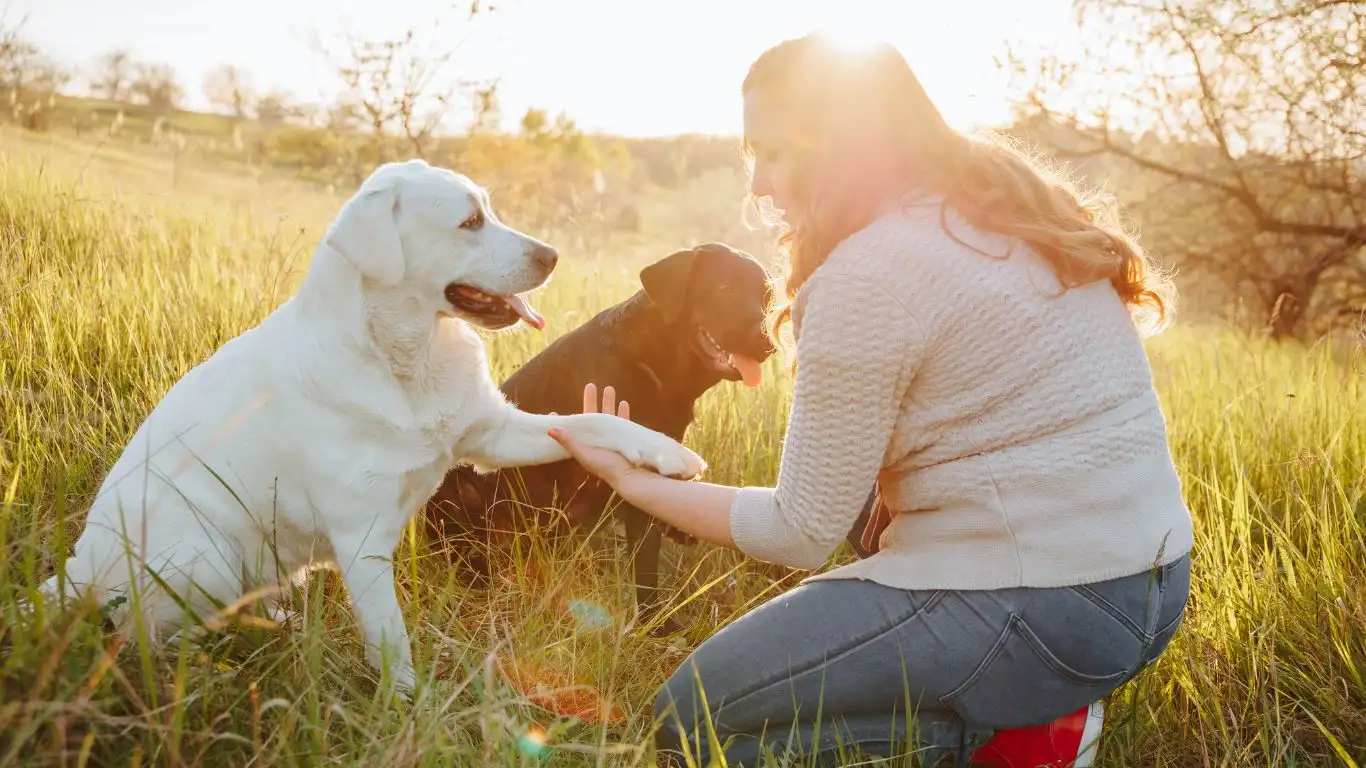
By now, your dog should be making great progress in staying calm when guests visit. But training isn’t a “one-and-done” deal—it’s all about maintaining and strengthening those good habits over time. Trust me, I’ve worked with so many dog owners who see great results initially, but if they ease up on the reinforcement too soon, their pup slowly drifts back into old behaviors. Here’s how to make sure your dog’s calm greeting skills stick for the long haul.
1. Reinforce Good Behavior Randomly
One trick that works wonders is switching from predictable rewards to random reinforcement. Instead of treating your dog every single time they greet a guest calmly, start rewarding sporadically. Here’s why:
- Dogs become more motivated when they don’t know when the next reward is coming (it’s the same reason slot machines are so addictive!).
- They stop relying on treats and learn that calm greetings are just the normal way to behave.
- It keeps their training sharp, even as they mature.
That said, don’t phase out rewards too quickly. Ease into it by rewarding every other calm greeting, then every third one, and so on.
2. Involve Different People in Training
Dogs are incredibly context-driven, which means they might behave perfectly when it’s just you and a familiar guest, but suddenly forget everything when someone new arrives. The best way to prevent this?
- Ask different friends or family members to help with training sessions.
- Mix it up—invite people over at different times of the day.
- Practice with guests of all ages and energy levels.
I once worked with a dog who was an absolute angel with adults but would lose his mind whenever kids came over. We had to do extra training sessions with children to help him generalize calm behavior with everyone.
What to Do If Your Dog Still Struggles

Some dogs take longer to learn than others, and that’s completely normal. If your pup is still struggling to keep their cool when guests visit, here are some troubleshooting tips.
1. Increase Pre-Guest Exercise
If your dog is still bursting with energy when people arrive, they might need even more exercise before guests come over. Try:
- A longer walk or an extra round of fetch.
- More mental stimulation—food puzzles, scent games, or short training sessions.
- Structured playtime with clear “start” and “stop” cues.
Sometimes, the difference between an overexcited dog and a calm one is just 15 extra minutes of exercise!
2. Consider Professional Help
If your dog’s excitement turns into anxiety, excessive barking, or even aggression, it might be time to consult a professional. A Certified Professional Dog Trainer (CPDT) or a behaviorist can help pinpoint deeper issues and create a custom training plan.
3. Be Patient and Adjust Your Expectations
Some dogs are naturally more excitable than others, and that’s okay! The goal isn’t to make your dog completely emotionless—it’s to teach them how to manage their excitement in a way that’s polite and under control.
Celebrate small victories, stay consistent, and remember: training is a journey, not a race.
Final Thoughts
Teaching your dog how to be calm when guests visit takes time, patience, and a little bit of strategy, but it’s absolutely worth it. A well-behaved pup makes for a more relaxed home, happier guests, and way less stress for you.
Stick with the training, keep reinforcing good behavior, and before you know it, you’ll have a dog that greets guests like a true gentleman (or gentlelady!).
References
- Certification Council for Professional Dog Trainers (CCPDT)
- American Kennel Club (AKC) – Training Tips
- Victoria Stilwell Positively – Positive Reinforcement Training
Disclaimer
This article is for informational purposes only and should not be considered professional veterinary or behavioral advice. If your dog exhibits extreme behavioral issues, consult a certified trainer or a veterinary behaviorist.
